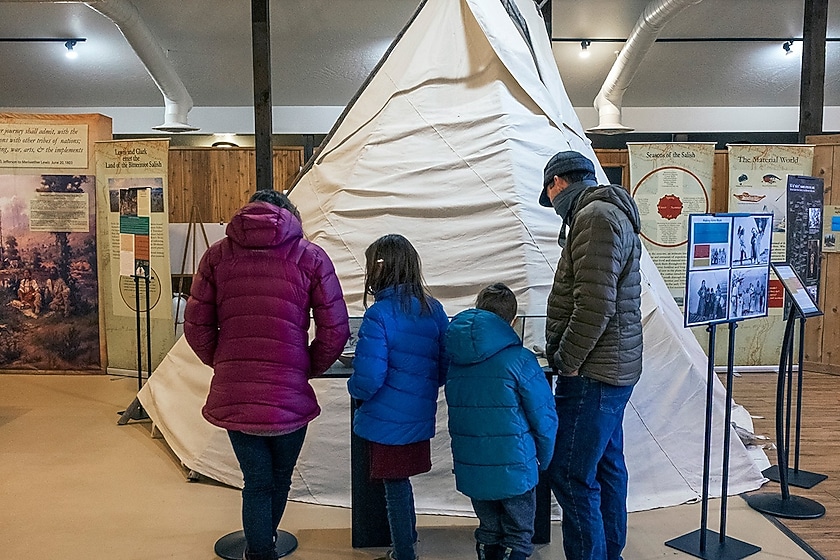Long-term California study finds surprising link between birds and wildfiresNew research investigated 42 bird species in Yosemite, Sequoia and Kings Canyon national parks
Anna FitzGerald GuthOct 20, 2025
Lazuli bunting, a species of songbird, thrived after fires in the Sierra Nevada, new research found.
Zach Ginn
Across several national parks in the Sierra Nevada, researchers found that the populations of some bird species grew rapidly after fires and remained higher even decades later.
Skip Ad
Myles Smith covers Adele at San Francisco's largest annual tech conference #dreamforce #salesforce
Scientists already knew that some bird species could thrive in burn scars, dubbing them “post-fire specialists.” But a new study, published Oct. 9 in the journal Fire Ecology, provided a rare look at the longer-term impacts of fires on a group of common bird species.
Advertisement
Article continues below this ad
The researchers only investigated low- to moderate-intensity burns, such as those associated with prescribed fire. Previous research suggests high-intensity megafires, fueled by climate change and fire suppression, can threaten birds.
“It was really exciting to us to see how rapid and how enduring the response of birds was to these fires in these national parks,” Chris Ray, a research ecologist for the Petaluma-based nonprofit, the Institute for Bird Populations, and the study’s lead author, told SFGATE. “For 41 of the 42 species we looked at, population density actually increased a bit after low to moderate severity fires.”
Ray and her colleagues from the Institute for Bird Populations, the National Park Service and UCLA conducted the research in Yosemite, Sequoia and Kings Canyon national parks. They analyzed bird count data from 1999 to 2019 and combined it with high-resolution fire history data for up to 35 years before each count.
Out of the 42 relatively common bird species in the study — including the mountain quail, green-tailed towhee, fox sparrow and lazuli bunting — each responded to fires a bit differently over time.

For 11 species, population density increased and remained higher in the burned areas, with little or no signals of slowing down, even 35 years after a fire. For nine species, these benefits lasted longer than 20 years. For the rest, the benefits lasted less than two decades, or they showed little response at all. The population of only one species — the black-headed grosbeak — did not bounce back until around 35 years following fires; the birds probably left to go settle in an unburned area.
Birds are facing serious challenges in North America, with a loss of around 3 billion birds since 1970, according to a 2019 article. The study authors said their results were anticipated for some bird species but more of a surprise for others.
“Woodpeckers, for example, are cavity nesters, so they make a hole in dead trees and raise their young there — and so you expect them to be positively affected after a fire sweeps through and there are more dead trees,” Ray explained.
The findings were subtly different, depending on the type of woodpecker in the study, with hairy woodpeckers benefiting more from fire than pileated woodpeckers — which like old-growth forests.
Advertisement
Article continues below this ad
By contrast, Ray did not expect the results for the dark-eyed junco — a relatively abundant and widespread species, typically the size of a robin, that gives a “ringing metallic trill on the same pitch,” according to the National Audubon Society.
“I was actually surprised that dark-eyed juncos frequent burned areas right after the burn, and then I was equally surprised that they are at higher density for up to 35 years after a burn,” she explained. “But it makes sense, since they are a ground-nesting bird that you can often see in clearings.”
Wildfires throughout the Sierra are increasingly frequent, extensive and severe due to factors like a warming climate and the accumulation of fuel in forests from fire suppression efforts, the study emphasized.
This patch of forest in Yosemite National Park, depicted here in 2023, had burned 10 years earlier during the Rim Fire.
Bob Wilkerson
Ray cautioned that the positive results about birds in this study don’t necessarily apply to megafires, since 98% of the sampled burned areas were of low to moderate severity.
Advertisement
Article continues below this ad
But less severe was not always better. The researchers found that moderate severity burns typically resulted in more immediate and enduring positive effects for the birds compared to lower-severity fires. For officials in charge of managing national parks, the study’s results suggest that creating a variety of burn severities at different time intervals in forests could benefit many bird species.
“I think what the birds are telling us is that there’s likely a place for mixed-severity fires,” said Ryan Burnett, an avian ecologist and the Sierra Nevada group director at Point Blue Conservation Science who was not involved in this research. “Too much of a good thing can be bad, of course, so it’s not to say we want these huge, high-severity fires.”
Burnett said this study filled an important gap by reinforcing and expanding upon previous research on national forest land, which has different management than park service land. He added: “The studies done so far have mostly gone on to about 20 years after fire, so they added another 15 years to that, showing that the legacy of these effects extend multiple decades.”
Advertisement
Article continues below this ad
We love national parks just as much as you do, so we have a newsletter that covers them from top to bottom. Sign up here.
Science and climate reporter |





